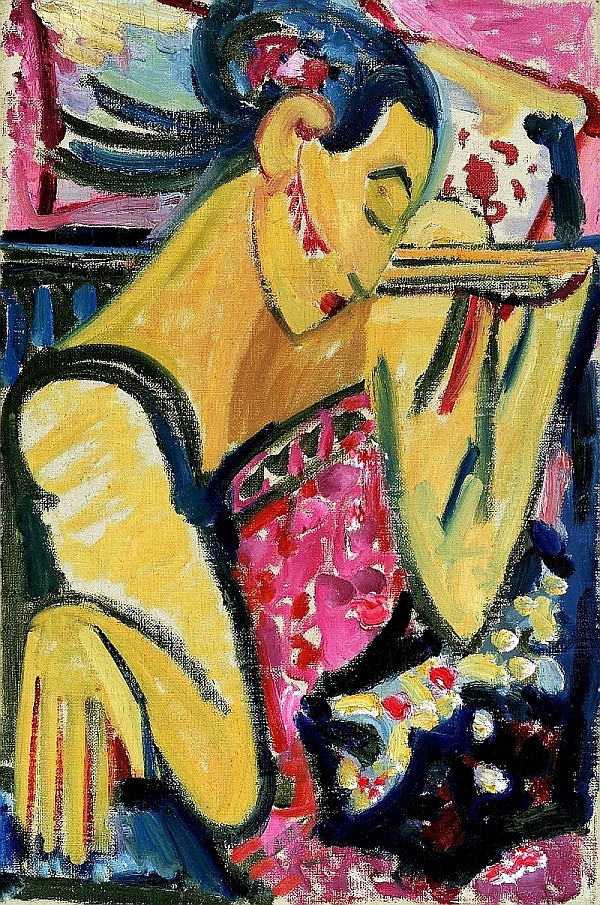STUDIENGEBÄUDE ALPENSTRASSE
Alpenstraße 75
5020 Salzburg
E Dr. Susanne Rolinek
T +43-662-62 08 08-172
F +43-662-62 08 08-720
PROVENANCE RESEARCH
The question of origin
It is imperative for museums to research their holdings for dubious objects. Between 1933 (1938 in Austria) and 1945, the Nazis systematically confiscated property and assets from Jews and other “undesirable” groups of people and institutions. Sales or bequests by disenfranchised persons and institutions took place under constraint. The Salzburg Museum, too – then Salzburger Museum Carolino Augusteum (SMCA) – received numerous objects that came into the museum's possession under constraint.
The legacy of the nazi regime
The British and US armies in Austria and Germany promptly endeavoured immediately after 1945 to carry out sound provenance research and restitution of objects. At the same time, former owners, respectively their legatees, started to do research on their art and cultural assets and to inquire into them. The Salzburg Museum also received many such queries, and restitutions were carried out if the relevant objects were found. However, the museum did not operate active provenance research during this time. In the 1980s and 1990s, the museum carried out further selective research on the Aryanised paintings of Salzburg artist Helene von Taussig, who did not survive Nazi persecution, also selective research started in 2000 on other Aryanised collections and bequests of the Wehrmacht General Command. Nikolaus Schaffer and Gerhard Plasser, curators in the Salzburg Museum, performed this research.
New research initiatives
Since autumn 1998, the Federal Act on the Restitution of Artworks from Austrian Federal Museums and Collections has been in force and was revised in 2009, now also including “sundry movable cultural assets”. The federal Lands followed suit from 1998 onwards with their own legal regulations and resolutions. The Salzburg Museum, which is financed by the City and Land of Salzburg, resolved in December 2010 to research the holdings systematically for dubious works that came into the museum under constraint between 1933 and 1945, and if possible to restitute them. To achieve this an office for provenance research was set up in May 2011 with working hours of sixty percent; the operational period was initially planned for two years.
Dubious objects an retitutions
During the research it quickly became clear that far more potentially dubious works were involved than was at first assumed, so it was decided as a first step to concentrate solely on objects from Aryanised collections and then as a second step to research potentially dubious objects from monasteries and church property, also clubs, associations and galleries, which came into the Salzburg Museum under constraint between 1933 and 1945.
Diverse information was thus culled from archive material in the museum, in documents from the Federal Monuments Office in Vienna, the Austrian State Archive/Archive of the Republic, the archives of the Israelitische Kultusgemeinden (Israelite Communities), the archive of the City of Salzburg and the Salzburg Landesarchiv. Also helpful were documentations on the verso of objects, research in relevant publications and work catalogues, also contacts with experts.
Of all the works from Aryanised collections formerly situated in the Salzburg Museum around eighty percent were restituted by the mid-1950s. The twenty percent that have not yet been returned now have to be identified, found in the museum depots, or declared lost. In the case of the Salzburg painter Helene von Taussig a restitution has already been accomplished. On 4 January 2012, the museum gave back all nineteen paintings to a person authorised by the heirs.
Further restitutions are to be expected.





